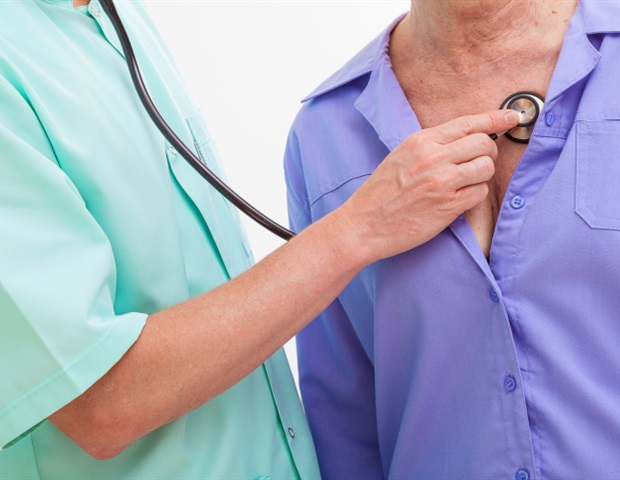ISLAMABAD (AP) — Pakistani security forces killed 20 Pakistani Taliban insurgents in raids on hideouts in the northwest region bordering Afghanistan, the military said Monday, as tensions between the two…
Author: admin
-

Composite Metal Foam for Safer Hazmat Transportation
A new study finds that composite metal foam (CMF) can withstand tremendous force – enough to punch a hole in a railroad tank car – at much lower weight than solid steel. The finding raises the possibility of creating a safer generation…
Continue Reading
-

Groundbreaking vaccination approach could transform respiratory disease prevention
A research team from Trinity College Dublin has unveiled a groundbreaking new approach to vaccination that could redefine how we protect against respiratory infections. In a landmark study published in Nature Microbiology, the…
Continue Reading
-

New Climate Model, Sentinel System Track Global Impacts
NEW YORK, NY, November 10, 2025 – An interdisciplinary team of scientists at the Advanced Science Research Center at the CUNY Graduate Center (CUNY ASRC) has unveiled a groundbreaking conceptual model and integrative monitoring…
Continue Reading
-

UAE says it will not join Gaza stabilisation force without clear legal framework | Gaza
Plans for a UN-mandated international stabilisation force charged with disarming Hamas inside Gaza face growing opposition after the United Arab Emirates said it would not participate because it did not yet see a clear legal framework for the…
Continue Reading
-

Live Science crossword puzzle #18: First human-made satellite in space — 11 across
If you enjoyed this, see how quickly you can complete our most recent science crossword puzzle, updated every Monday.
Previous science crosswords
Want to try luck with our previous…
Continue Reading
-

Routine liquid biopsy testing could reduce late-stage cancer diagnoses
Routine screening is limited to only a few cancer types. New research indicates that routine liquid biopsy testing (multi-cancer early detection testing) could substantially reduce late-stage cancer diagnoses, allowing patients to…
Continue Reading
-

Aaron Eckhart, Thunder Road, Renny Harlin Team On ‘Trial By Combat’
EXCLUSIVE: John Wick producer Thunder Road Pictures has set director Renny Harlin (The Strangers franchise) and star Aaron Eckhart (The Dark Knight) for action-thriller Trial By Combat.
The film is set in “a near future where…
Continue Reading
-

Andrea Stella says Lando Norris ‘doesn’t own’ 2025 title despite strong Sao Paulo weekend
McLaren Team Principal Andrea Stella has claimed the team needs “to make sure that we stay focused” despite a dominant victory for Lando Norris in the Sao Paulo Grand Prix, and that the Briton “doesn’t own” the 2025 Drivers’ Championship yet…
Continue Reading

